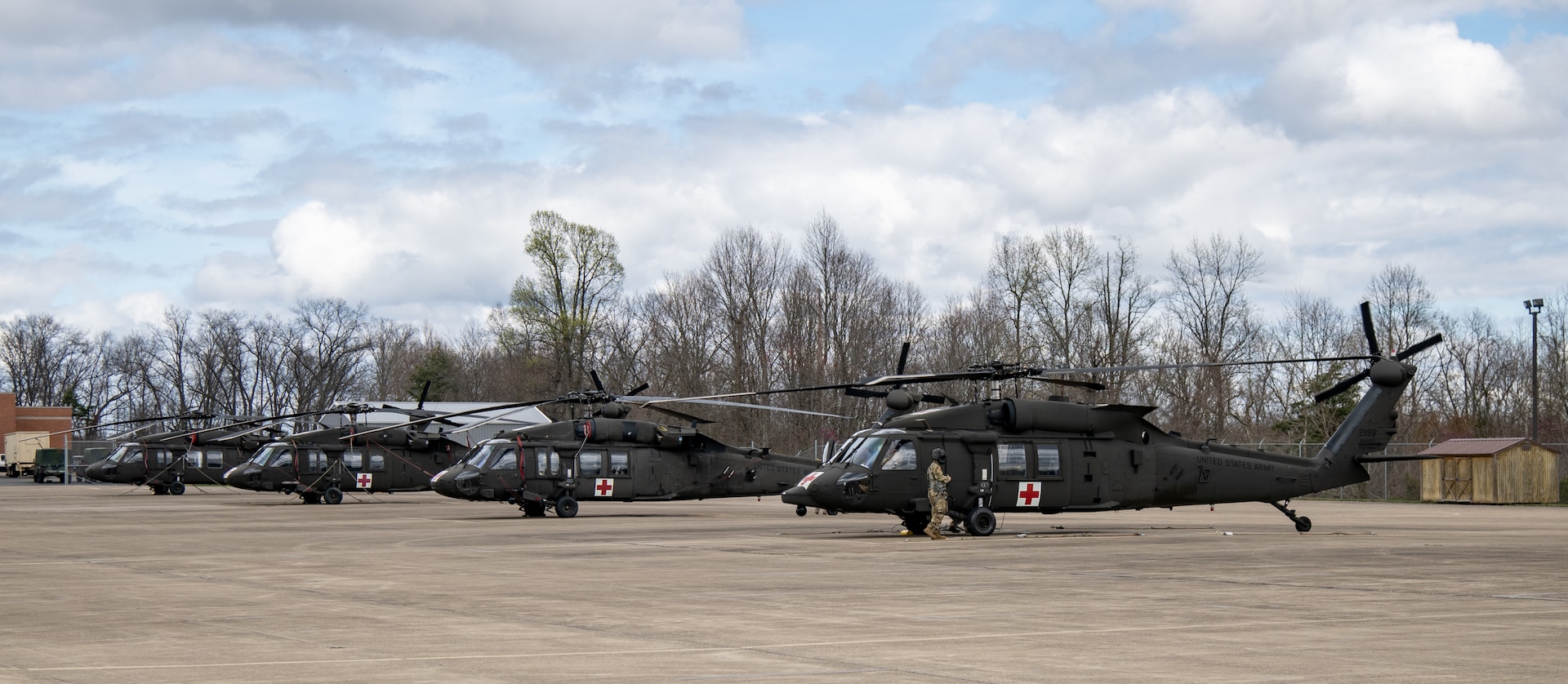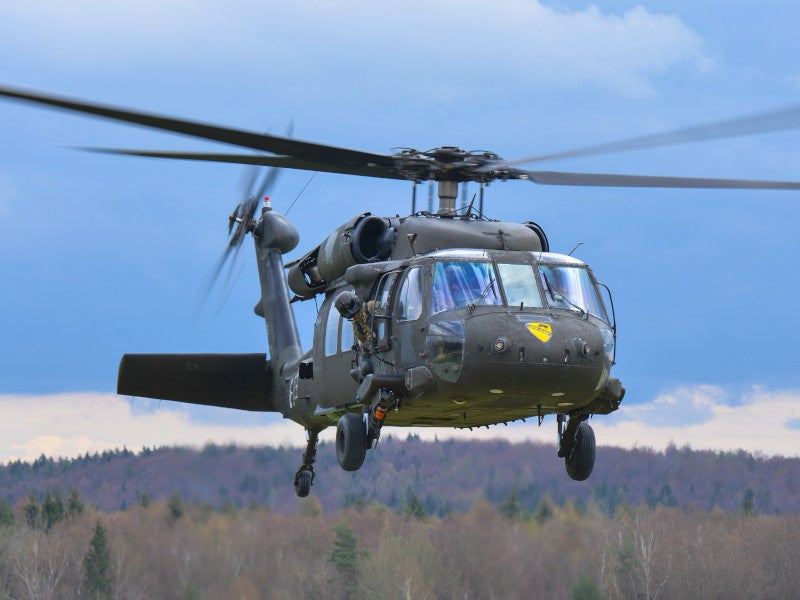UH 60 Black Hawk Helicopter Versions and Their Uses
UH 60 Black Hawk Helicopter Versions and Their Uses
Blog Article
The Influence of Sustainable Practices on the Future of Airplane Operations and Emissions Decrease
As the aviation sector encounters enhancing scrutiny over its ecological influence, the adoption of lasting techniques arises as an essential pathway towards future aircraft procedures and exhausts decrease. Technologies in sustainable aviation gas and improvements in crossbreed propulsion innovations stand at the center of this makeover, encouraging considerable decreases in greenhouse gas discharges. Nevertheless, the effective integration of these efforts depends upon a range of aspects, including regulatory structures and sector partnership. The question continues to be: exactly how will these advancing practices improve the characteristics of air traveling and add to a much more lasting future?

Review of Lasting Practices
Sustainable practices in aircraft operations include a variety of techniques aimed at reducing ecological effect while maintaining functional efficiency. These practices are vital in the aeronautics sector's dedication to lessening its carbon footprint and adhering to global environmental standards. Key efforts include maximizing trip courses to reduce gas intake, improving upkeep protocols to guarantee airplane run at peak efficiency, and applying sophisticated technologies such as winglets and light-weight products that improve aerodynamics.

Training and engaging staff on sustainability practices also play an important duty, cultivating a culture of environmental obligation within companies. Generally, the combination of these lasting practices not just aids minimize emissions but additionally boosts the long-term stability of the air travel field, guaranteeing it meets the demands of both customers and regulatory bodies while adding to international sustainability goals.
Cutting-edge Fuel Alternatives
Countless ingenious gas choices are becoming critical remedies to reduce the aeronautics sector's reliance on typical nonrenewable fuel sources. Amongst these options, Sustainable Aviation Fuels (SAFs) have gained significant interest as a result of their potential to decrease lifecycle greenhouse gas exhausts by up to 80% contrasted to traditional jet gas. SAFs are derived from numerous feedstocks, consisting of waste oils, agricultural deposits, and also algae, making them a functional alternative for the market.
An additional promising choice is hydrogen gas, which, when made use of in fuel cells, produces just water vapor as a byproduct. This zero-emission possible presents a significant opportunity for decarbonizing trip procedures, specifically for short-haul flights and regional aircraft. In addition, electrical propulsion systems are being explored, leveraging battery technology to power airplane. While present battery capability restrictions array and haul, recurring improvements may soon make electrical trips feasible for details applications - uh 60.
Last but not least, biofuels obtained from biomass are being investigated, supplying an eco-friendly option that can be mixed with conventional gas. Collectively, these innovative fuel alternatives represent an essential action toward attaining a sustainable aeronautics environment, lining up with global emissions reduction targets and enhancing the sector's environmental stewardship.
Technological Improvements in Air Travel

How can technical improvements reshape the future of aviation? The integration of cutting-edge modern technologies is crucial in changing aircraft procedures, boosting performance, and lowering discharges. Advancements such as hybrid and electric propulsion systems go to the leading edge, appealing significant reductions in gas intake and greenhouse gas exhausts. These systems utilize innovations in battery visit site modern technology and power management, making it possible for airplane to run with a lower environmental footprint.
Additionally, the application of sophisticated products, such as light-weight compounds, adds to enhanced the rules of aerodynamics and fuel efficiency. Making use of fabricated knowledge and machine knowing in flight procedures optimizes path preparation and reduces fuel shed by enabling real-time modifications based upon climate and website traffic problems. Additionally, the advancement of autonomous and remotely piloted airplane systems stands to revolutionize freight and guest transport, potentially enhancing effectiveness while reducing human error.
Furthermore, sustainable aeronautics innovations, including innovative air website traffic administration systems, can reduce and streamline procedures blockage, leading to reduced discharges during trip. These improvements collectively stand for a standard change in aeronautics, guaranteeing a future where sustainability and functional effectiveness are intertwined, consequently supporting the sector's commitment to reducing its environmental influence.

Governing Framework and Conformity
In light of the expanding emphasis on ecological stewardship within the air travel industry, the governing framework governing airplane operations is evolving to advertise sustainable techniques. Governing bodies, such as the International Civil Aeronautics Company (ICAO) and numerous nationwide aeronautics authorities, are presenting strict standards intended at lowering discharges and boosting functional performance.
These laws frequently consist of the fostering of Sustainable Aviation Gas (SAF), which has been recognized as a crucial part in achieving lower carbon impacts. Compliance with these regulations needs airlines to carry out operational methods and innovative modern technologies, such as maximized trip courses and enhanced air traffic administration, to lessen gas intake.
In addition, the enforcement of emissions trading schemes and carbon balancing out campaigns is ending up being increasingly common, engaging airlines to keep track of and report their emissions precisely. Non-compliance can lead to significant charges, therefore pushing operators to focus on sustainability in their organization designs.
Inevitably, the developing regulatory landscape not only drives development and investment in green innovations however also fosters a society of responsibility within the air travel sector. As these frameworks proceed to establish, the concentrate on sustainable methods will certainly be indispensable to accomplishing the field's lasting ecological objectives.
Future Trends in Airplane Operations
As the air travel industry adapts to a significantly stringent regulatory setting, future trends in aircraft operations are readied to concentrate on cutting-edge remedies that additionally improve sustainability and performance - uh 60. Trick developments will likely include the adoption of advanced air web traffic administration systems, which make use of real-time data and expert system to enhance flight courses, minimizing fuel usage and emissions
Another significant pattern is the enhanced integration of lasting air travel gas (SAFs) These choices to traditional jet fuel, originated from sustainable resources, can significantly reduce lifecycle greenhouse gas discharges. The industry's commitment to SAFs will likely increase as airline companies collaborate with fuel manufacturers to guarantee schedule and cost-effectiveness.
In addition, the press towards electrification and hybrid propulsion systems is gaining Continued momentum. Emerging airplane designs will incorporate these innovations, providing quieter and extra efficient procedures, particularly for short-haul flights.
Verdict
The fostering of sustainable aeronautics gas, paired with advancements in hybrid and electric propulsion systems, is vital for lessening lifecycle greenhouse gas discharges. Optimizing trip courses and accepting innovative innovations add to a quieter and much more ecologically friendly aviation field.
Advancements in sustainable aviation gas and advancements in crossbreed propulsion modern technologies stand at the forefront of this improvement, promising substantial decreases in greenhouse gas discharges.Many cutting-edge fuel alternatives are arising as crucial options to reduce the air travel industry's reliance on conventional fossil fuels - uh 60. Among these alternatives, Sustainable Aeronautics Gas (SAFs) have acquired significant focus due to their prospective to reduce lifecycle greenhouse gas emissions by up to 80% contrasted visit to traditional jet gas.An additional significant fad is the increased assimilation of lasting aeronautics fuels (SAFs) The adoption of lasting air travel fuels, combined with innovations in hybrid and electric propulsion systems, is important for lessening lifecycle greenhouse gas emissions
Report this page